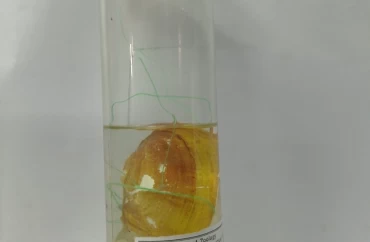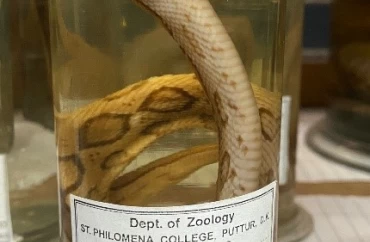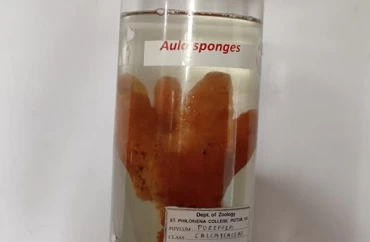
TURBO
• Turbo is a genus of large sea snails with gills and an operculum, marine gastropod molluscs in the family Turbinidae, the turban snails. Turbo is the type genus of the family. • The genus Turbo is divided into 16 Recent subgenera. The number of presently known living species in Turbo is 66, plus five subspecies. The first Turbo species were found in the Upper Cretaceous, approximately 100 million years ago. • The attractively colored operculum of at least two different Turbo species has been used for various decorative purposes, including in jewellery and buttons. These operculae are sometimes known as “cat’s eyes”.
read more
UNIO
• Unio is commonly known as freshwater mussel. • Body is soft, unsegmented, bilaterally symmetrical and flattened, measuring about 5-10cm in length and enclosed in a calcareous shell. • Shell consists of two separate equal pieces or valves covering the right and left sides of the body. • Two valves of the shells are joined together by hinge ligament along the dorsal side. • Umbo is situated near the anterior end of the dorsal side. • Mantle consists of two lobes corresponding to the two valves of the shell. • Foot is large, muscular and wedge shaped used for burrowing.
read more
VIPER
• Viper russelli is commonly called Russell’s viper or daboia. • Body is elongated and measures upto one and a half meter in length. • The scales form about 30 rows on the body. • Head is triangular and covered with very small imbricate scales on the upper surface. • The eyes are with golden iris and elliptical pupil. • Viviparous. • Carnivorous, feeding mainly on small mammals. • Very poisonous. Venom is haemotoxic.
read more
SYCON
• The body of Sycon is slender, vas-shaped cylinder measuring about 20-30mm in length and 5-6mm in diameter. • Each cylinder bulges in the middle and opens to the exterior by an osculum. • The surface of the body is perforated by numerous pores, the ostia. • The base of the colony consists of buds. • Skeleton comprises calcareous spicules of monaxon, triaxon and tetraxon type. • It is a small, solitary or colonial marine sponge, found attached to the rocks and other substrata in shallow waters.
read more

